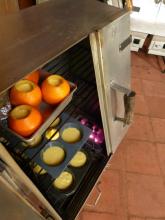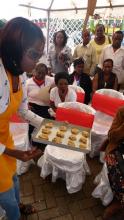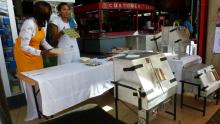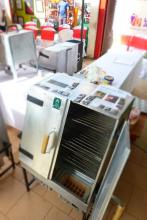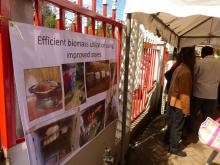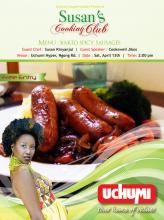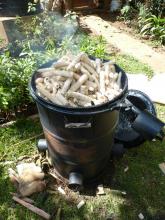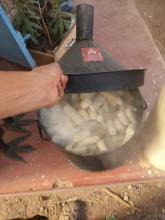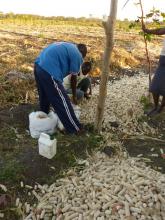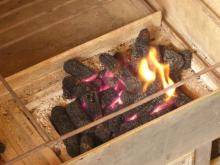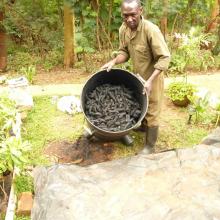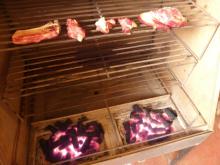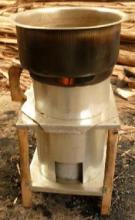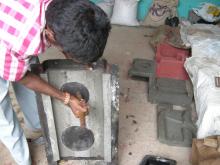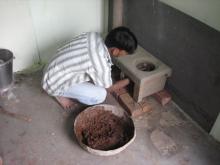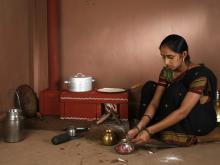Crispin Pemberton-Pigott, December, 2011
The Sustainable energy Technology and Research (SeTAR) Centre is a multi-disciplinary research facility that operates under the aegis of the Faculty of Science at the University of Johannesburg. The SeTAR Centre was formally launched in March 2010. The centre is housed in a cottage within the University of Johannesburg Research Village on the Bunting Road Campus, with dedicated office space and a testing laboratory in the basement of the Faculty of Art, Design and Architecture (FADA) building.
The SeTAR Centre is engaged on research programmes that focus on energy poverty in both rural and urban areas of South Africa; the role that energy has to play in climate protection in the sustainability of a megacity (Gauteng); the public understanding of science; and networking on energy issues in the Africa region. The SeTAR Centre provides research facilities for energy studies for masters and doctoral students through its affiliation with the Department of Geography, Environmental Management and Energy Studies (GEMES) in the Faculty of Science.
One of the Research Programs is the Basic Energy Programme
The programme focuses on energy poverty and acts as an innovation hub for the development of basic energy solutions for cooking, heating, lighting and productive use for the low income communities. Services and research streams include:
Testing Laboratory: SeTAR centre has a fully equipped basic energy testing laboratory for use as part of research activities or on a fee-for-service basis. The centre has advanced equipment and automated systems to ensure all tests are carried out satisfactorily and competently. The SeTAR centre was commissioned to characterize thermal efficiency and gaseous emissions of a variety of fuel/stove combinations. In the process of evaluating these stoves, the research staff have also been engaged in the development of written procedures, leading to the Heterogeneous stove Testing Protocol (HTP).
Energy Poverty Research: Focusing on energy access, socio-economics and user needs and aspirations. This assists in designing sector-specific intervention.
Energy Design Innovation: Involved with the design and innovation of safe, clean and affordable basic energy technologies.
Networking and Information: Coordinating a regional (Africa) university-based People’s Energy Network (PEN) and also developing a South African network and industry association.
Attached is the 2011 Annual Report,

